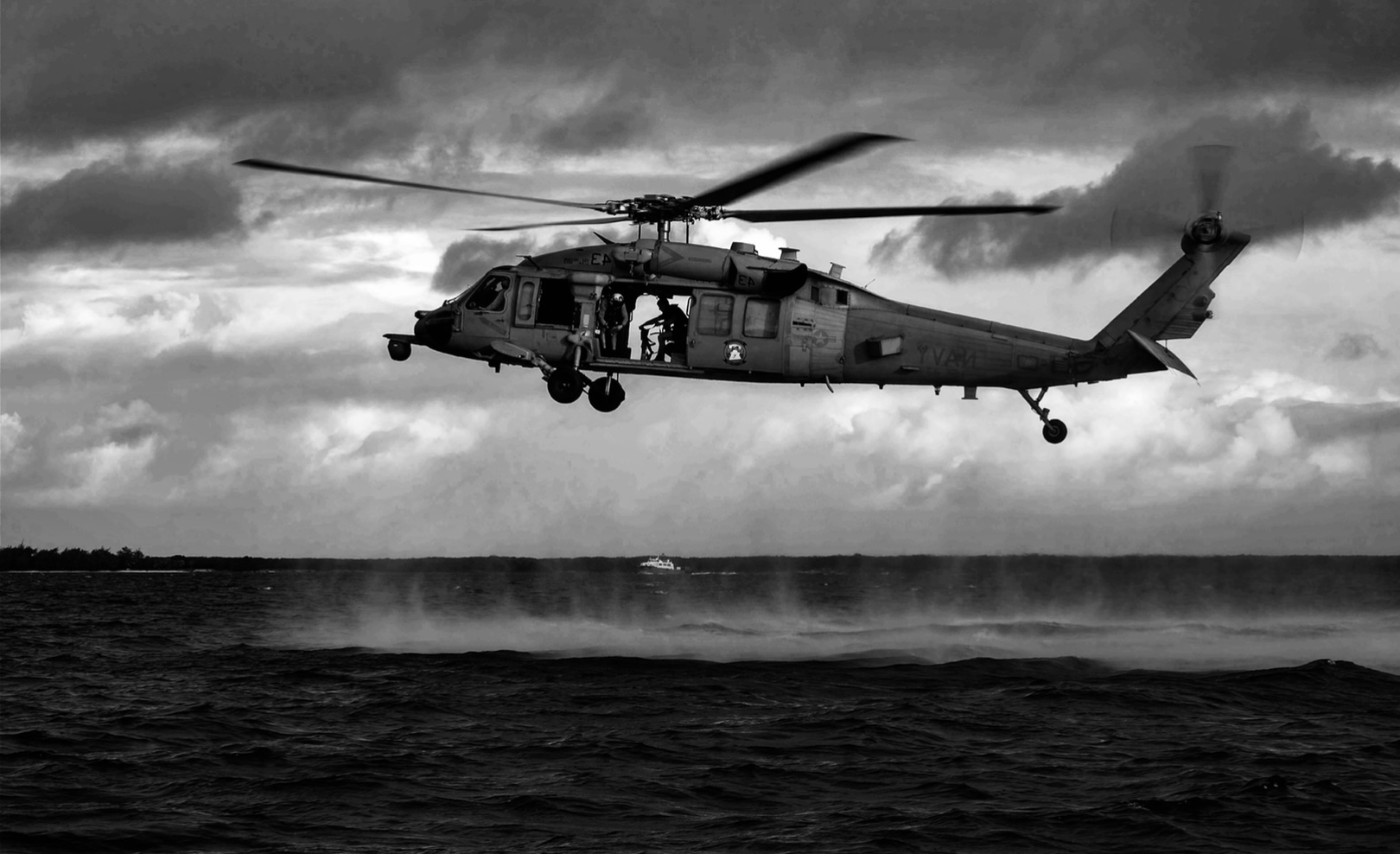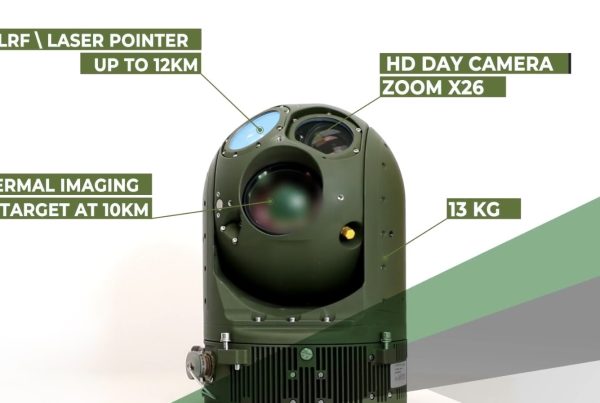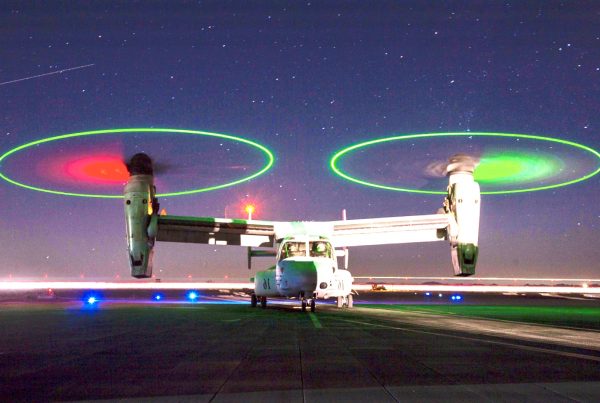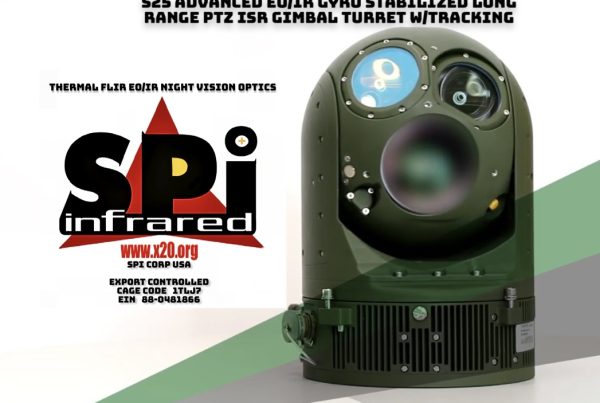A major Mfg announced that it has developed an Automotive Night Vision System that can accurately identify collision-risk objects in low-visibility driving conditions, such as at night, or in rain, snow, fog, or smoke.
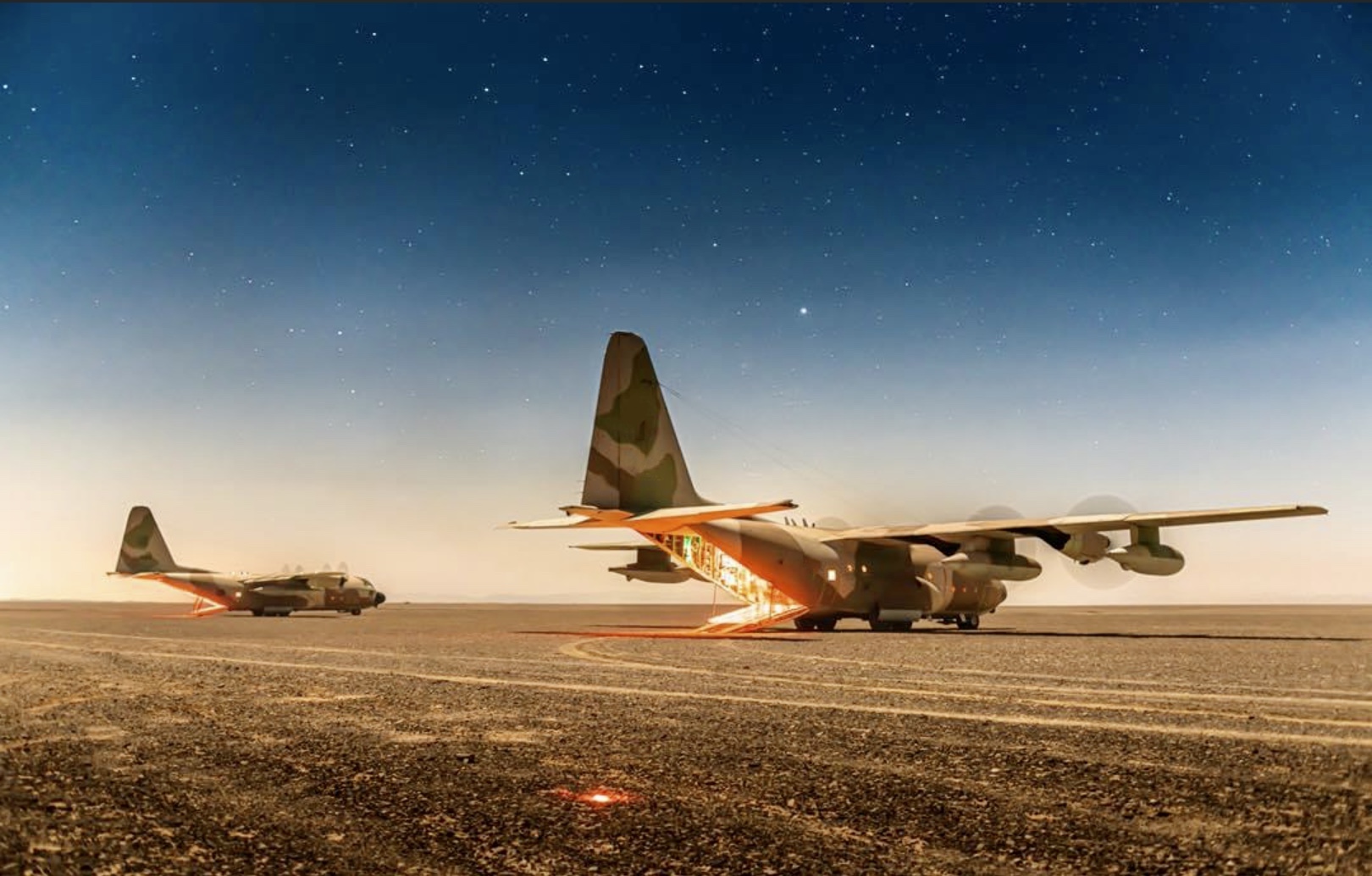
The system is expected to reduce traffic accidents and promote safer driving.
Automotive image fusion Night Vision features the first headlight in the world that can emit both white (RGB) and near-infrared (NIR) light on the same optical axis; this allows higher accuracy object recognition than alternative technologies. The system integrates RGB-NIR sensors and a unique ‘Image-Fusion AI Recognition Technology’ developed by Kyocera for high performance object recognition. In addition, Kyocera has developed another generative AI feature to create training data for more cost-efficient learning and product development.
To reduce traffic accidents and promote autonomous driving, automakers will require more advanced hazard-detection systems. The global market for Automotive image fusion Night Vision Systems was estimated at approximately $2.17 billion+ in 2020. Furthermore, the market is expected to grow at a compounded annual rate of more than 16.5%+ from 2020 to 2027. Kyocera’s new sensor fusion night vision system will help prevent traffic accidents by notifying drivers of hazards in adverse driving environments, a benefit made possible only through the innovative integration of visible and near-infrared images using proprietary fusion recognition AI technology.
Laser headlight integrates white and near-infrared light on the same optical axis
Kyocera’s system integrates both white and near-infrared light from a laser headlight on a single optical axis. This eliminates image parallax and greatly enhances image recognition. The integrated headlight also incorporates an extremely bright, high-efficiency, miniaturized GaN laser, Furthermore, the system has automatic ‘beam shaping’ functionality for the RGB and NIR light that prevents glare for oncoming drivers by automatically shifting visible light into a low-beam pattern when necessary, while the NIR light can remain in high-beam mode.
More accurate object recognition using Kyocera’s proprietary fusion recognition AI technology
Kyocera’s vehicle-mounted RGB-NIR sensor uses original fusion recognition AI technology developed by Kyocera’s Advanced Technology Laboratories. Instead of simply combining the image data from the two sources, Kyocera’s system uses qualitative AI to compare and assess both RGB and NIR images, differentiating between pedestrians and vehicles with high accuracy even in low visibility conditions.
AI significantly reduces development costs while improving recognition performance
Conventional methods require collection of vast amounts of NIR training data, a time-consuming and costly process. Conversely, Kyocera’s AI technology generates training data automatically. As a result, this approach can significantly reduce training costs while maintaining high accuracy in recognition performance.

